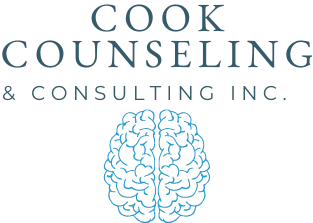Whether you are a business owner, manager, or employee, it’s important to understand the impact of occupational stress on your workplace. Unfortunately, many misconceptions exist about occupational stress and how it affects employees.
Myth #1: Occupational stress is just a normal part of work
Fact: While it’s true that some amount of stress is inevitable in any job, chronic or long-term stress can have serious consequences for both employers and employees. When left unchecked, occupational stress can lead to burnout, absenteeism, accidents, and even violence. It can also decrease productivity and quality of work.
Myth #2: Only high-stress jobs are susceptible to stress-related problems
Fact: Any job can lead to occupational stress, regardless of the stress level involved. Jobs that are low-stress overall can still have high demands in certain situations or periods, leading to stress. For example, a job that is generally low-stress may have deadlines or workloads that increase during busy times.
Myth #3: Stress is only a problem for employees; it doesn’t affect employers
Fact: Chronic stress can affect an employer’s bottom line. In addition to the direct costs of absenteeism and lost productivity, stress can lead to increased healthcare costs, workers’ compensation claims, and lawsuits.
Myth #4: There is nothing employers can do to prevent or reduce stress in the workplace
Fact: There are many things employers can do to help prevent or reduce occupational stress. Some of these include providing training on stress management, developing policies to promote work-life balance, and offering employee assistance programs.
Myth #5: Stress is only a problem for weak people
Fact: Anyone can be affected by stress, regardless of their strength or weakness. In fact, some of the most successful and competent people are also the most susceptible to stress. This is because they often have high expectations for themselves and feel great responsibility for their work.
Myth #6: It’s not possible to manage stress; you have to deal with it
Fact: While it’s true that you can’t always eliminate stress, there are many things you can do to manage it. Stress management techniques include relaxation methods such as deep breathing and meditation, exercise, and time management skills.
Myth #7: If you’re not stressed, you’re not working hard enough
Fact: It’s possible to work hard without being under a great deal of stress. Research has shown that employees who can maintain a healthy work-life balance are more productive and have lower levels of absenteeism.
Myth #8: Only adults can suffer from occupational stress
Fact: Children and adolescents can also suffer from stress in the workplace. This is often due to the demands of after-school jobs or extracurricular activities. Stress in children and teens can lead to poor grades, sleep difficulties, and behavioral issues. According to New York Times, children can feel the emotions of stress from a very young age (NY Times, 2022).
Final Thoughts
If you’re concerned about stress in your workplace, talk to your employer about what they are doing to address the issue. Remember, occupational stress is a shared responsibility. We can all help create a healthier and more productive workplace by working together.

References
NY Times. (2022). It’s Not Just Adults Who Are Stressed. Kids Are, Too. Retrieved from The New York Times: https://www.nytimes.com/2020/11/03/parenting/kids-anxiety-stress-coping-pandemic.html

